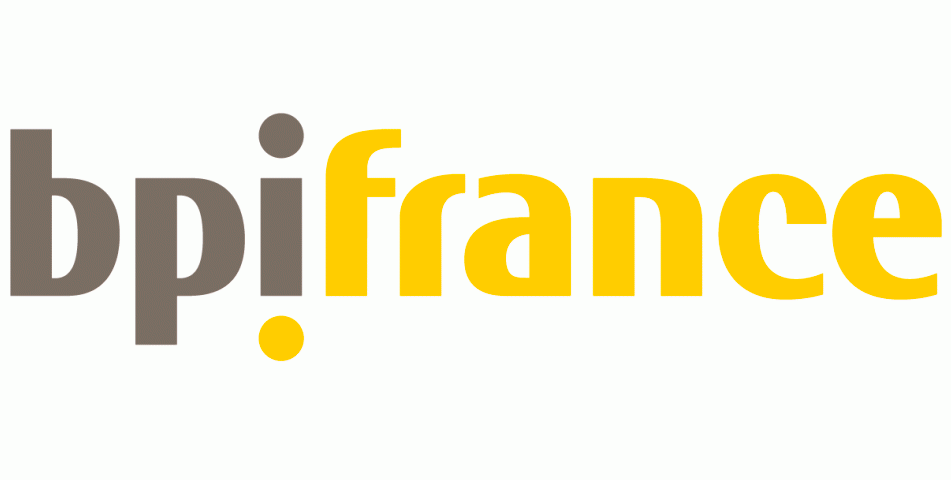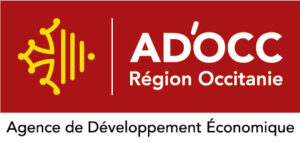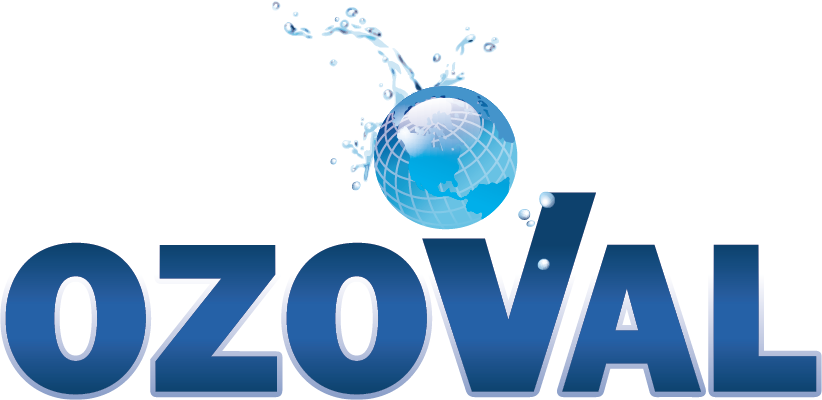A solution for treating water from the oil and gas industry: OZOVAL's hybrid ozonation process
Hydrocarbon production requires the increasing use of water, whether for the implementation of assisted recovery techniques (injection of water with added polymers, injection of steam) or for the production of source rock hydrocarbons (hydraulic fracturing requires around 15,000 m3 of water per well). Conversely, hydrocarbon production generates large quantities of water, on average three barrels of water per barrel of hydrocarbon. This potentially toxic water must be treated before reuse (re-injection into EOR or other applications such as irrigation) or discharge. The same applies to fracturing water, particularly backflow, which can be reused for other fracturing operations after treatment.
Water management is also crucial in the refining sector, despite a sharp drop in the quantities of water used: from several m3 per tonne of crude in the 1980s to 200 to 800 liters per tonne today. However, a refinery’s water requirements are still considerable, and the aim is to move towards zero discharge by improving the quality of wastewater treatment and recycling. Petroleum water treatment therefore lies at the crossroads of two major industrial challenges for the coming decades: ensuring the supply of energy resources to populations, while respecting the environment and preserving water resources.
An innovative system It is in this context that OZOVAL has been able to develop an innovative system, CERTOWATER, providing an ecological and economical solution to the treatment of this wastewater, which poses a major environmental problem.
System benefits:
- Total removal of suspended solids (SS), particularly colloidal suspensions
- Removal of heavy metals such as iron and manganese (oxidation then precipitation)
- Removal of dissolved organic compounds such as micro-organisms (bacteria, viruses) and hydrocarbons, as well as certain inorganic compounds
- Water hardness reduction and elimination of dissolved salts
- No use of chemicals: ozone is produced as needed from oxygen in the air; moreover, residual ozone, which is highly unstable, quickly self-destructs to restore oxygen.
- Simplicity of operation: only electrical energy is required; other consumables are the electrodes for electro-ozonation and the catalyst for catalytic ozonation (and the membranes for the desalination unit); the process is fully automated
- Low-cost efficiency: initial tests carried out on oil production water have shown COD reductions of up to 95% and salt content reductions of up to 70% (before the membrane desalination unit); the operational cost of the process is low, with an estimated energy expenditure of 2.5 kWh/m3.
- Robustness: tests show that the process can handle very difficult effluents with minimal pre-treatment: coarse de-oiling and removal of the largest suspended solids.
- A compact system that can be made mobile
Product
Discover our innovations
Our partners








